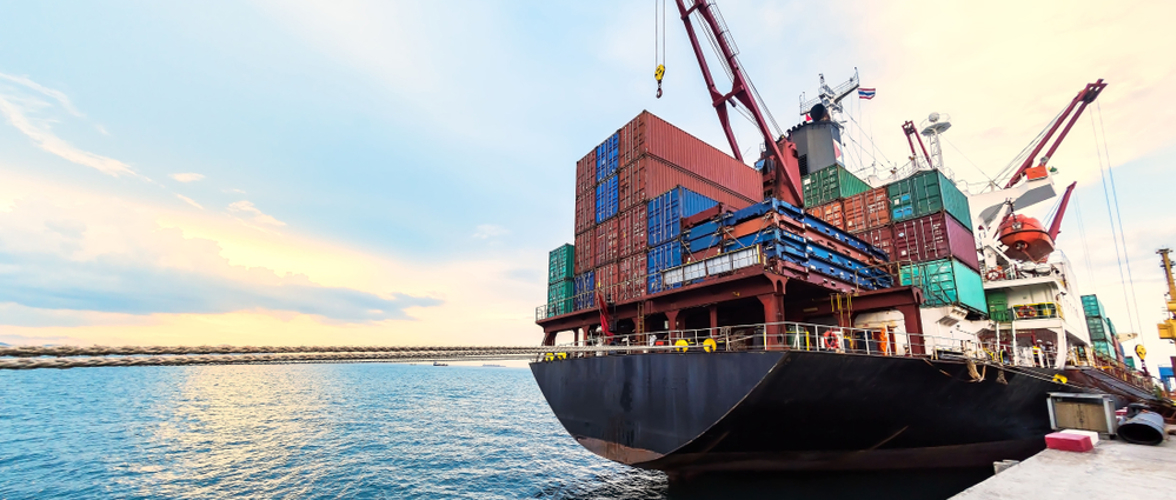The Russia-Ukraine conflict is set to cause gaps in the global supply of wheat and other coarse grains. Australian producers are well positioned to take advantage of these gaps, due to high harvest yields in the current year and competitive global prices. Domestic grain prices are heavily dependent on international grain prices. Global increases due to the conflict between the two agriculture-centric nations are expected to flow through to boost domestic wheat and coarse grain prices. The uptick in demand for Australian grain is anticipated to offset the effect of the Chinese import tariff on barley, and suppliers are likely to see profit margins rise. However, some Australian suppliers may struggle to meet the sudden surge in demand.

Black Sea grain production
Russia and Ukraine are both major coarse grain and wheat producers. According to the Food and Agriculture organization of the United Nations (FAO), both countries are in the top ten global producers of wheat, barley and maize. Both countries also export significant quantities of wheat and other grain commodities. The two countries combined account for approximately 30% of global wheat exports, and around 20% of global maize (corn) exports. Both countries generally benefit from low production costs, favourable yields and proximities to key markets. Therefore, both Russia and Ukraine are internationally competitive grain exporters and compete with Australian suppliers, particularly for key markets in Indonesia and other parts of South East Asia.

The Russia-Ukraine conflict is expected to have adverse consequences for grain production and export activity in both countries. The conflict has prevented many Ukrainian farmers from planting their maize and barley crops for harvest in summer and spring. The Ukrainian government has also banned exports of wheat, oats and other food staples, as a measure to ensure that Ukrainian citizens maintain access to adequate food supplies during the conflict. Economic sanctions levied against Russia have severely subdued the country’s exporting activity. Russia’s exclusion from the SWIFT banking system has hindered the ability of the country’s exporters to move their inventories. The associated financial and insurance-based risks have further discouraged many importers from procuring Russian commodities, including grains.
State of play in Australia
China’s tariff on Australian barley has prevented Australian producers from accessing high-value Chinese markets. As a result, Australian grain prices have trailed global prices, and have been priced competitively in the global market. This competitive edge has benefited Australian suppliers in dealings with other countries. The outbreak of the Russia-Ukraine conflict has coincided with record high yields for a number of Australian grain commodities. According to the Australian Bureau of Agricultural and Resource Economics and Sciences (ABARES), Australian production volumes of both wheat and barley are expected to exceed national records in 2021-22. These record results are largely thanks to high levels of rainfall at desirable times for grain production.

Australian grain producers are well-placed to fill supply gaps brought on by the Russia-Ukraine conflict. Local suppliers will likely compete with other significant grain producing countries, such as Canada and Argentina to meet demand. High harvest yields and competitive prices are likely to benefit local suppliers and provide an opportunity to expand Australia’s share of the global grain market.
Capacity concerns and outlook
Many local suppliers have cited capacity difficulties meeting high demand from international buyers looking to shore up reserves. Logistical constraints involving the transport of greater grain volumes have prevented Australian suppliers from completely filling supply gaps in the short term. Suppliers have expressed frustration that they have not been able to move higher quantities during a period of heightened demand. Higher costs for diesel and fertiliser, which are also tied to the Russia-Ukraine conflict, are set to place cost structure pressures on many suppliers. The agricultural sector has also faced labour challenges during the COVID-19 pandemic, which have further constrained supplier activity.
The global population is forecast to continue rising over the next five years. As grains are considered staple food items, worldwide demand for grain is forecast to outstrip supply over the same period. Global grain prices are likely to stabilise as the international market adapts to changes in grain production caused by the Russia-Ukraine conflict. However, ongoing international demand for grain is likely to support Australian grain suppliers over the period. In order to capitalise on these conditions, Australian suppliers will need to address the challenges the conflict has posed for the country’s grain export infrastructure.
IBISWorld articles used to develop this release:








